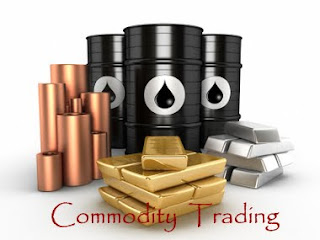Commodity trading is characterized by high market volatility and risk. Globalization and advances in technology have significantly changed the way trading is done the factors difference prices and the frequency with which prices change has increased exponentially timely access to information and analysis is the only way to succeed in commodity.
COMMODITY
Any product that can be used for commerce or an article of commerce which is traded on an authorized commodity exchange is known as commodity. The article should be movable of value, something which is bought or sold and which is produced or used as the subject or barter or sale. In short commodity includes all kinds of goods. Indian Forward Contracts (Regulation) Act (FCRA), 1952 defines “goods” as “every kind of movable property other than actionable claims, money and securities”.
In current situation, all goods and products of agricultural (including plantation), mineral and fossil origin are allowed for commodity trading recognized under the FCRA. The national commodity exchanges, recognized by the Central Government, permits commodities which include precious (gold and silver) and non-ferrous metals, cereals and pulses, ginned and un-ginned cotton, oilseeds, oils and oilcakes, raw jute and jute goods, sugar and gur, potatoes and onions, coffee and tea, rubber and spices. Etc.
CONTENTS
Certificate
Preface
Acknowledgement
INTRODUCTION
- Commodity trading
- History of commodity market
- commodity exchanges
- Instruments available for trading
- Rules of commodity trading
REVIEW OF LITERATURE
NEED, SCOPE & OBJECTIVES OF THE STUDY
RESEARCH METHODOLOGY
DATA ANALYSIS & INTERPRETATION
FINDINGS OF THE STUDY
CONCLUSION & RECOMMENDATIONS
BIBLIOGRAPHY
ANNEXURE – I (Questionnaire)
